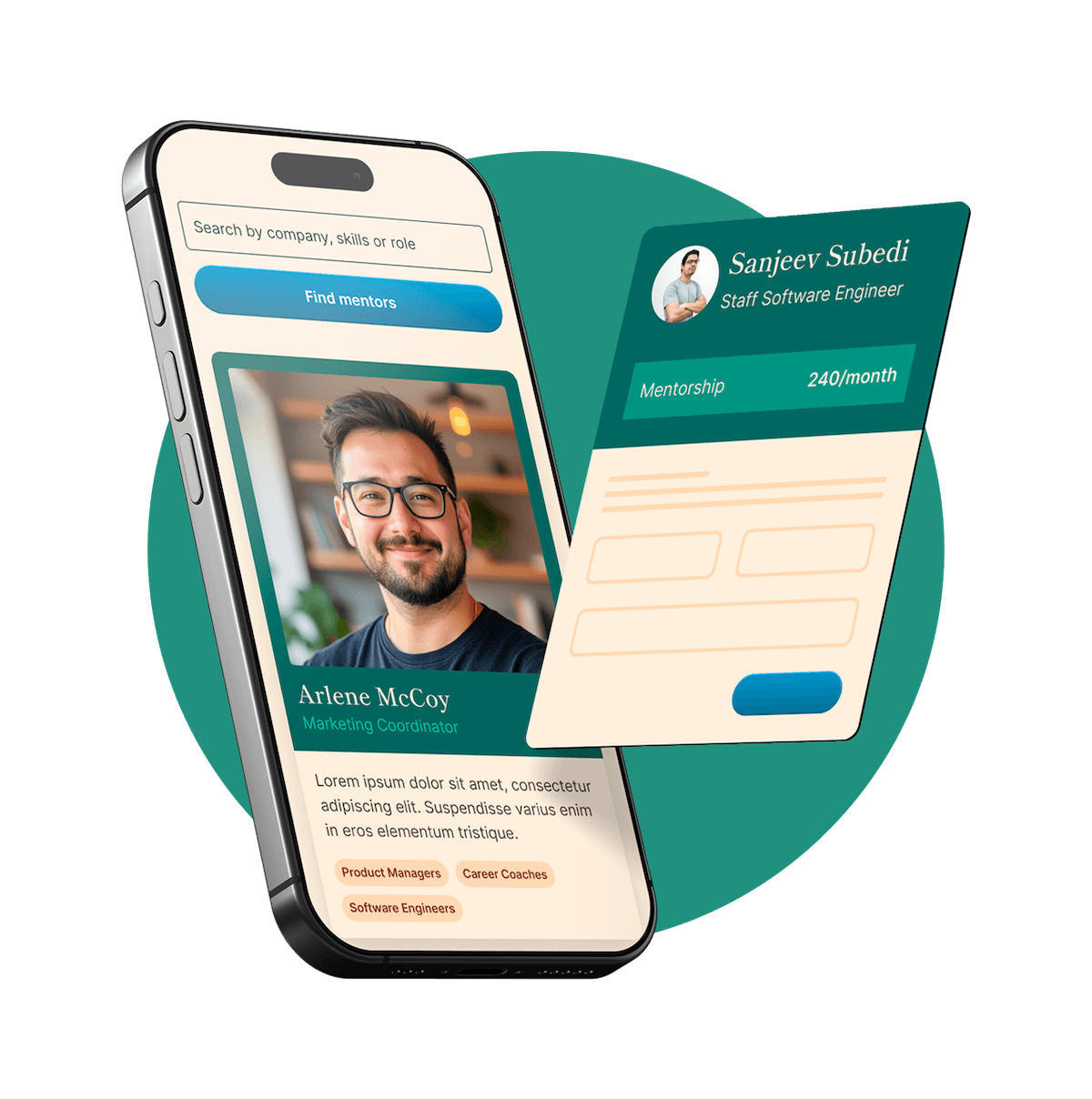If you stopped for just a moment and opened your eyes, what would you see? A haze of back-to-back meetings and overflowing inboxes? Or would a single, vivid memory emerge, a moment, a person, someone who made you feel unmistakably seen and deeply understood?
For many, that moment is rare, sometimes nonexistent. And that’s no small issue. It strikes at the very heart of our organizations.
We’re living through a technological revolution that’s changing everything but often missing what matters most: human connection. AI, automation, analytics, all designed to make work more efficient, more scalable. Yet, paradoxically, people feel more disconnected than ever.
When employees feel invisible, they stop contributing their best ideas. They hide struggles, fearing judgment or dismissal. Trust erodes, and with it, organizational agility and innovation.
As leaders, we often look to fix this with processes, perks, or even new software platforms. But what if the real solution was closer than you think?
What if your company already holds the key in its own people, leaders, and managers who could be trained, empowered, and supported to become internal mentors?
Internal mentors aren’t an abstract HR program or a buzzword. They are the living, breathing heart of your company’s culture. They are the people who can listen deeply, understand context, guide with empathy, and connect disparate parts of your organization into a cohesive whole.
Global employee engagement surveys indicate that most employees are not fully engaged in their roles, with the majority falling into one of two categories: “not engaged” or “actively disengaged.” A significant driver of this disengagement is simple: people don’t feel seen or heard.
Over the past few years, I’ve spent hundreds of hours mentoring executives, managers, and teams, from startups to multinational corporations. In that time, one thing has become crystal clear: the single most impactful factor in individual and organizational growth is the presence of a trusted guide inside the company.
External coaches and consultants can bring fresh perspectives. But real transformation requires ongoing, real-time connection, someone who knows your culture, your people, and your history intimately.
This person…
Most importantly, they humanize the workplace.
Contrary to common assumptions, internal mentors don’t have to be senior executives or HR specialists.
They can be:
The common thread is a mindset: a genuine desire to connect, support, and grow others. The skills can, and should, be trained.
In my experience, mentoring is not just an innate talent. It is a skill to be cultivated, practiced, and refined.
That’s why I created a structured training program designed to transform managers and leaders into Certified Guides, mentors within organizations equipped with practical tools, ethical frameworks, and strategic insight to become cultural anchors.
The impact is profound:
Imagine a cinematic scene: a woman blinks, and from her eyes project vibrant memories onto the wall behind her team, snapshots of struggles overcome, moments of courage, quiet victories, and lessons learned.
This woman is not just a manager or a leader, she is a guardian of the organization’s collective memory and soul.
Her role is to hold space for others to be seen and heard, to translate experience into wisdom, and to spark connection where fragmentation threatens to take hold.
This is the essence of an internal mentor.
╰┈➤ To CEOs:
Your organization’s most valuable asset walks out the door every day if they don’t feel connected and supported. Investing in internal mentorship is investing in the company’s future, not as a cost center, but as a growth engine.
╰┈➤ To HR and OD Directors:
You’re tasked with culture and engagement in an increasingly complex world. Internal mentoring programs are not a fad, they’re a strategic imperative to embed culture, increase resilience, and unlock latent potential.
╰┈➤ To Managers and Leaders:
You have the opportunity to expand your role beyond managing tasks and deliverables to becoming a guide and mentor who shapes careers, lives, and the future of your organization.
One mentor. One trained guide. One leader who decides to step beyond the transactional and into the transformational.
What if that person is you?
These insights and experiences are what inspired my book, Mentoring Winners from Top Execs to Managers, where I unpack real stories, frameworks, and actionable advice on mentoring that transforms organizations.
But even more important than reading is doing.
If you’re ready to bring this vision into your company, I offer a hands-on program to train internal mentors, people who carry your culture authentically and amplify your impact.
When you close your eyes and think about your organization’s future, what do you see?
Is it a disconnected collection of employees or a thriving community where people feel valued, seen, and supported?
The difference comes down to connection.
And connection needs someone inside, not just to manage, but to mentor.
Because building internal mentors today means building stronger, more human organizations tomorrow.
Find out if MentorCruise is a good fit for you – fast, free, and no pressure.
Tell us about your goals
See how mentorship compares to other options
Preview your first month
